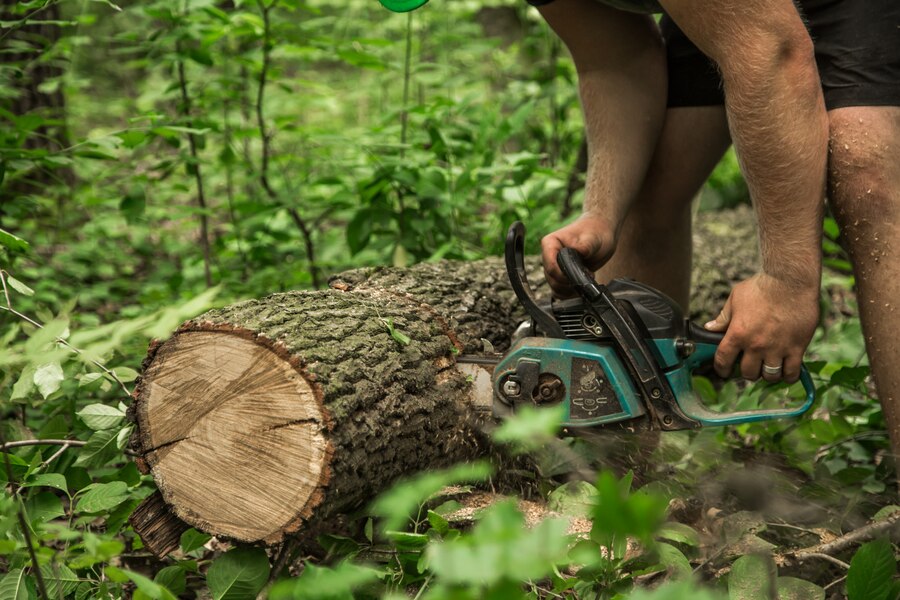Trees are essential for our environment, offering beauty, shade, and oxygen. However, like all living organisms, trees are vulnerable to diseases that can affect their health and longevity. Identifying and preventing these diseases is crucial for maintaining a beautiful and healthy landscape. This article will cover some of the most common tree diseases and provide actionable tips on how to prevent them.
Understanding the Importance of Tree Maintenance
Trees require regular care to remain healthy and disease-free. Fungal infections, bacterial diseases, and insect infestations can weaken trees and lead to severe damage. If you notice signs of disease or are unsure how to maintain your trees, it’s best to seek professional help. Searching for a Tree Service near me can connect you with local experts who understand the region's tree care needs and can offer valuable solutions.
Common Tree Diseases and Their Symptoms
1. Anthracnose
Anthracnose is a common fungal disease affecting shade trees like sycamores and maples. It causes dark, sunken lesions on leaves, stems, and fruit.
Prevention Tips:
- Prune affected branches to improve airflow.
- Rake and remove fallen leaves to reduce fungal spread.
- Apply fungicide if the disease persists.
2. Powdery Mildew
This disease is easily recognizable by a white, powdery coating on leaves. It can affect various tree species, particularly in shaded, humid environments.
Prevention Tips:
- Plant trees where they receive adequate sunlight.
- Prune overcrowded branches to improve air circulation.
- Use fungicides as a preventive measure.
3. Root Rot
Root rot is caused by overwatering and poorly drained soil, leading to discolored leaves, wilting, and eventual tree death.
Prevention Tips:
- Improve soil drainage around the tree.
- Avoid overwatering, especially during the rainy season.
- Add organic mulch around the tree base to regulate moisture.
4. Dutch Elm Disease
This fatal fungal infection affects elm trees and is spread by bark beetles. Early signs include yellowing and wilting leaves.
Prevention Tips:
- Regularly inspect your trees for bark beetle activity.
- Prune infected branches immediately.
- Consult a certified arborist for fungicide injections.
5. Cedar-Apple Rust
This disease affects both cedar and apple trees, producing orange, gelatinous galls on cedar trees and yellow spots on apple tree leaves.
Prevention Tips:
- Remove infected galls during the dormant season.
- Keep cedar and apple trees at a safe distance from each other.
- Use disease-resistant tree varieties if possible.
Importance of Professional Tree Services
While DIY maintenance can help prevent minor issues, severe tree diseases often require professional intervention. Searching for Tree Service near me can connect you with skilled arborists who can diagnose, treat, and protect your trees from harmful diseases. These experts have the knowledge and tools to handle complex cases and ensure your trees thrive year-round.
Prevention Tips for Healthy Trees
- Regular Pruning: Removing dead or diseased branches helps prevent the spread of infections and improves tree structure.
- Soil Care: Healthy soil promotes robust root development and boosts the tree's immune system.
- Proper Watering: Trees need the right amount of water—neither too little nor too much.
- Fertilization: Use organic fertilizers to provide essential nutrients for tree health.
- Routine Inspections: Early detection is key to managing and preventing diseases.
Conclusion
Caring for trees involves more than just watering and occasional trimming. Being proactive in identifying and preventing tree diseases is essential for maintaining a healthy landscape. If you're unsure about your tree's health or require expert care, don’t hesitate to search for a Tree Service near me for reliable and professional assistance. Proper care will keep your trees strong, beautiful, and disease-free for years to come.





Comments